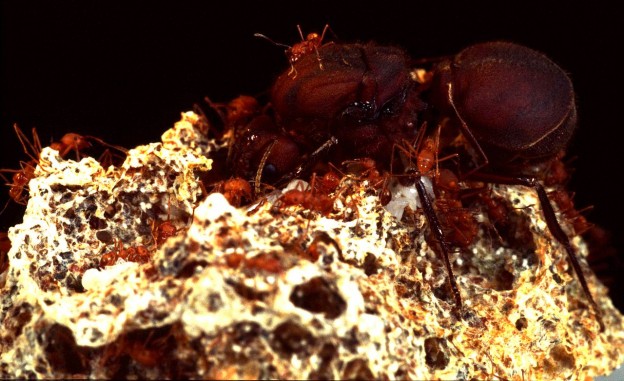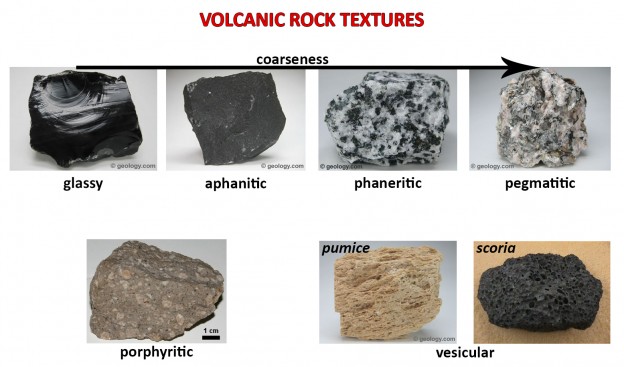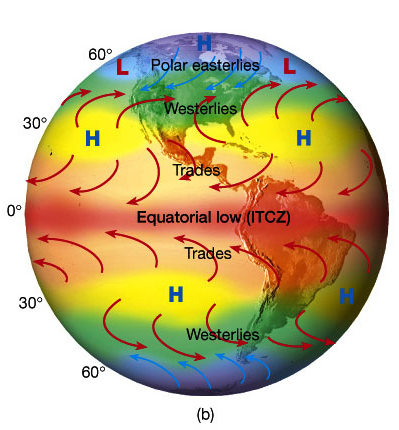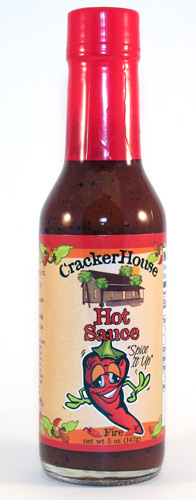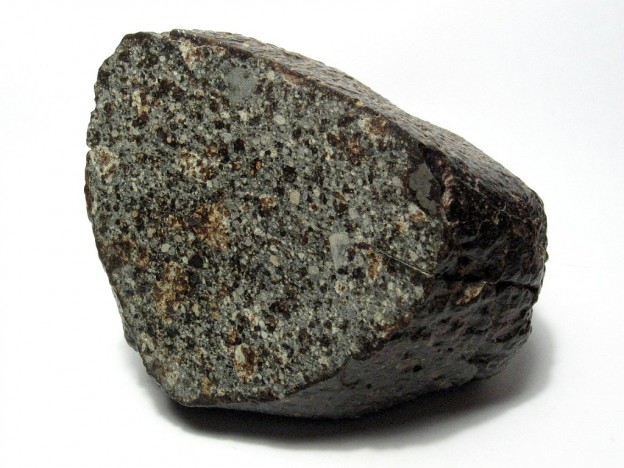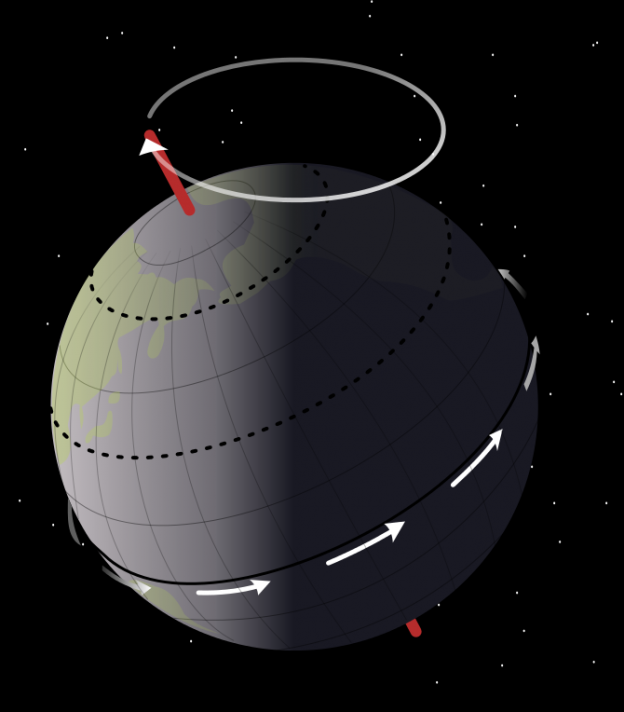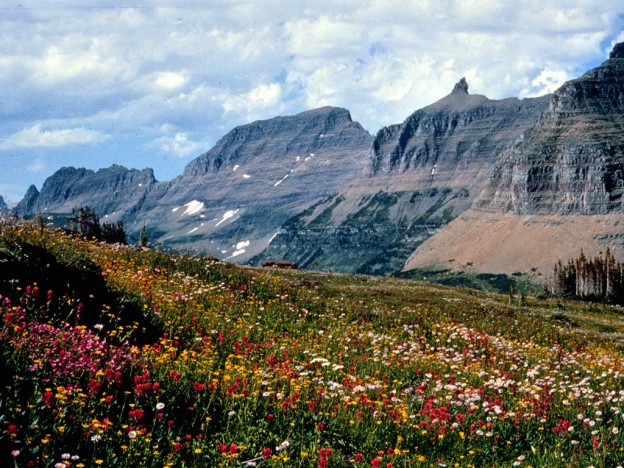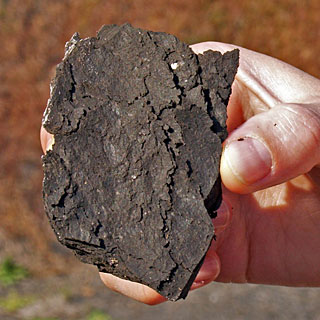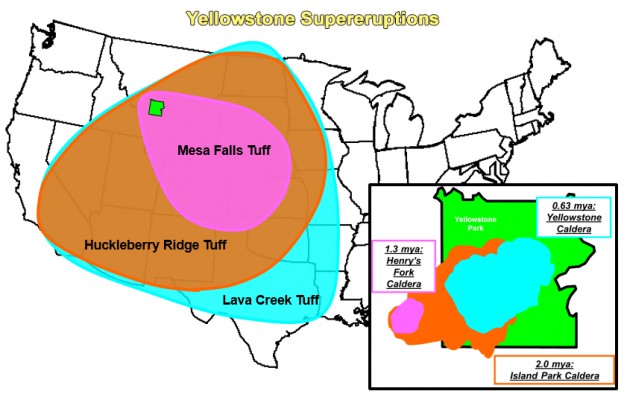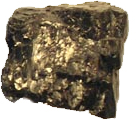If you get down to it, ants are basically super tiny people that happen to have an exoskeleton. They live in cities of up to several hundred million, with individual ants taking specific jobs, and they even essentially have a monarchical government (don't hold it against them; we humans have only just recently started experimenting with other forms of government). If a mere social structure doesn't impress you, however, read on to find out why ants are awesome. Read more
Why Formicids (ants) are awesome
Types of volcanic rocks, lava, and deposits
Volcanic rocks are extrusive igneous rocks. There are two main groups: rocks that form from the solidification of lava flows (extrusive), and rocks that form from the compaction of solid volcanic fragments (pyroclastic). This post will cover the basics in easy-to-grasp bullet-point style that facilitates comparison between volcanic rocks. For information on eruption types, click here.
Global wind, precipitation, ocean current patterns
The most fundamental reason that Earth has wind is because it is a sphere (basically; it "bulges" slightly at the equator due to its rotation). Differential heating creates the winds, which are then rerouted by Earth's rotation and land-sea boundaries. In turn, winds influence precipitation patterns and indirectly drive ocean currents. This post will walk through the basics. If you don't want to read the whole thing, you can skip to the summary. Read more →
Cracker House Hot Sauce review + ingredients list
Last night we made simple wings using drumsticks soaked overnight in a bottle of Cracker House Hot Sauce (a Palatka, Florida-based hot sauce company, compliments of my brother) and then baked for an hour at 375°. The result was delicious. My tongue could just barely handle the sauce, but husband said it didn't match Gator Sauce for heat. Most notably, the sauce has very sweet undertones beneath its spicy kick, kind of like barbeque sauce mixed into a strong hot sauce. Read more →
Types of meteorites
A meteorite is a rock (usually small but sometimes very large) that breaks off of an asteroid, planet, or comet, and falls from space to earth. Due to their immense age and the fact that many of them haven't changed since they formed, meteorites were essential in dating our solar system and continue to provide clues on what the early universe looked like. By recording traces of cosmic rays and solar wind and flares, meteorites allow us to reconstruct the space environment and behavior of our sun.
Meteoroid (in space) → Meteor (in atmosphere) → Meteorite (on earth)
Easy Science: Milankovitch cycles and climate
Milankovitch cycles essentially describe earth's relationship with the sun based on eccentricity, obliquity, and precession. Each of these three components operates on a different timescale, but when they overlap in just the right way, they can reduce insolation (the sunlight hitting the earth) and lower temperatures; conversely, when they work to increase insolation, temperatures go up. For more information on how these cycles influence climate, visit NASA, Skeptical Science, or Wikipedia. Read more →
Glacial landforms
Hundreds or even a thousand meters deep and continents wide, the scale and majesty of glaciers is difficult to comprehend. They command 10% of the world's land area and 70% of its freshwater. Their birth and death alter global sea levels to the tens or hundreds of meters. The ice within them always flows, behaving as a ductile solid below 60 meters; above this, the brittle ice cracks into crevasses up to 10 meters wide. When glaciers advance, they grind landscapes, leaving behind unmistakable calling cards in the form of carved mountains, valleys, and lakes. A few of these landforms are discussed below.
Easy Science: how oil forms
In the late 1800s, the main use for petroleum was to produce kerosene for heating lamps. Gasoline, a byproduct of this process, was considered a waste; in Pennsylvania, this "waste product" was dumped into the river, where it sometimes caught fire! At the turn of the century, the appearance of the gasoline-powered engine would usher in the "Oil Age", forever changing the world's relationship with "black gold". Modern societies have grown to depend on this millions-years-old substance to function, guzzling over 30 billion barrels a year. Based on estimations of remaining reservoirs, we can keep this rate up through 2050-2150. Walking through the process of how oil forms underscores just how amazing the substance--a fossil from millions of years prior, surviving only be coincidence--really is.
Yellowstone volcanism: the three big eruptions
The Yellowstone Supervolcano, fed by a continental hotspot, has erupted many times over its 70 million year history, but three eruptions blanked the continent. Today, the sponge-like upper magma chamber is 80 km by 20 km, or 4,000 km3 by volume, of which 8% is molten; another deeper and larger magma reservoir, 46,000 km3 by volume, of which 2% is molten, lays 65 km beneath the ground. Despite its deceptive beauty, Yellowstone is an active volcano (perhaps most obviously evidenced by its frequent earthquakes) that will violently erupt at some point in the future. Read more →
Easy Science: how coal forms
Coal forms when vegetation partially decays in low-oxygen environments, such as swamps. Burial heats and compacts the plant matter, squeezing out water and gases (like methane) while leaving behind carbon. Thus, as the coal increases in rank, its carbon content--and the amount of energy it holds--goes up while its water content goes down.
The coal rank order is: Peat → Lignite (brown coal) → Bituminous coal → Anthracite Read more →

